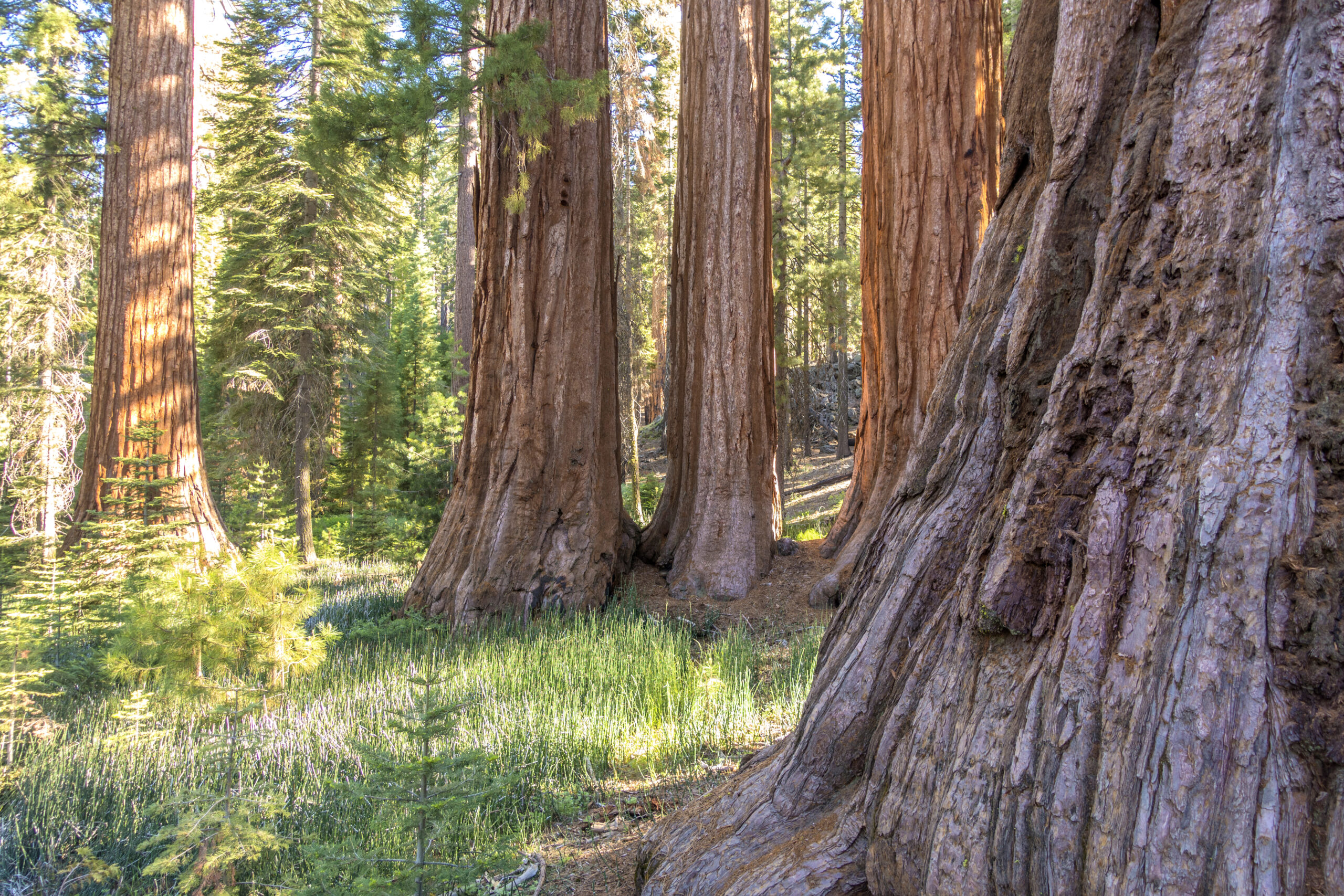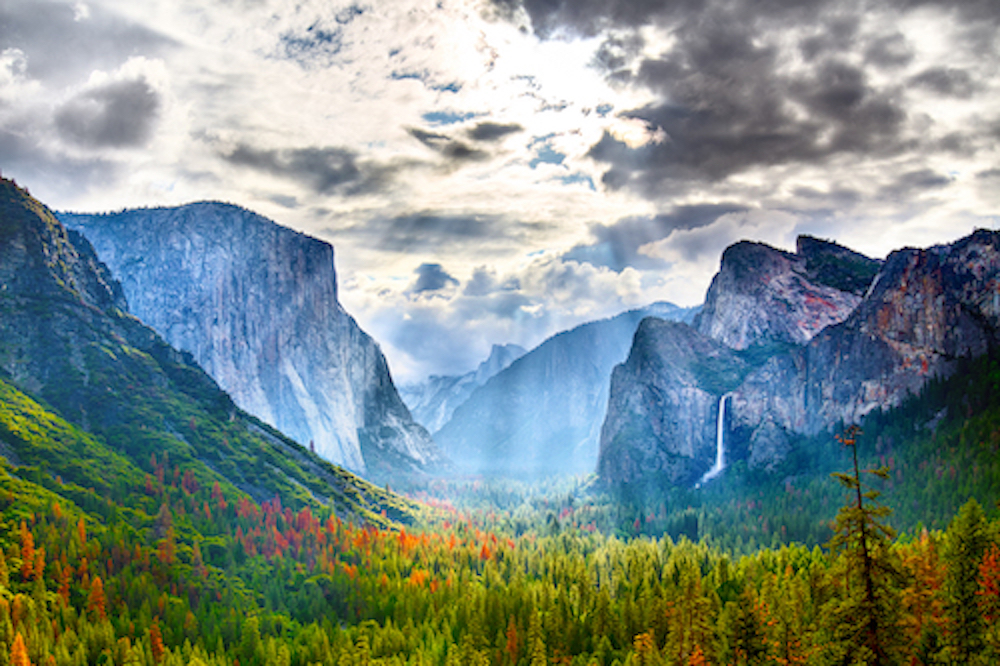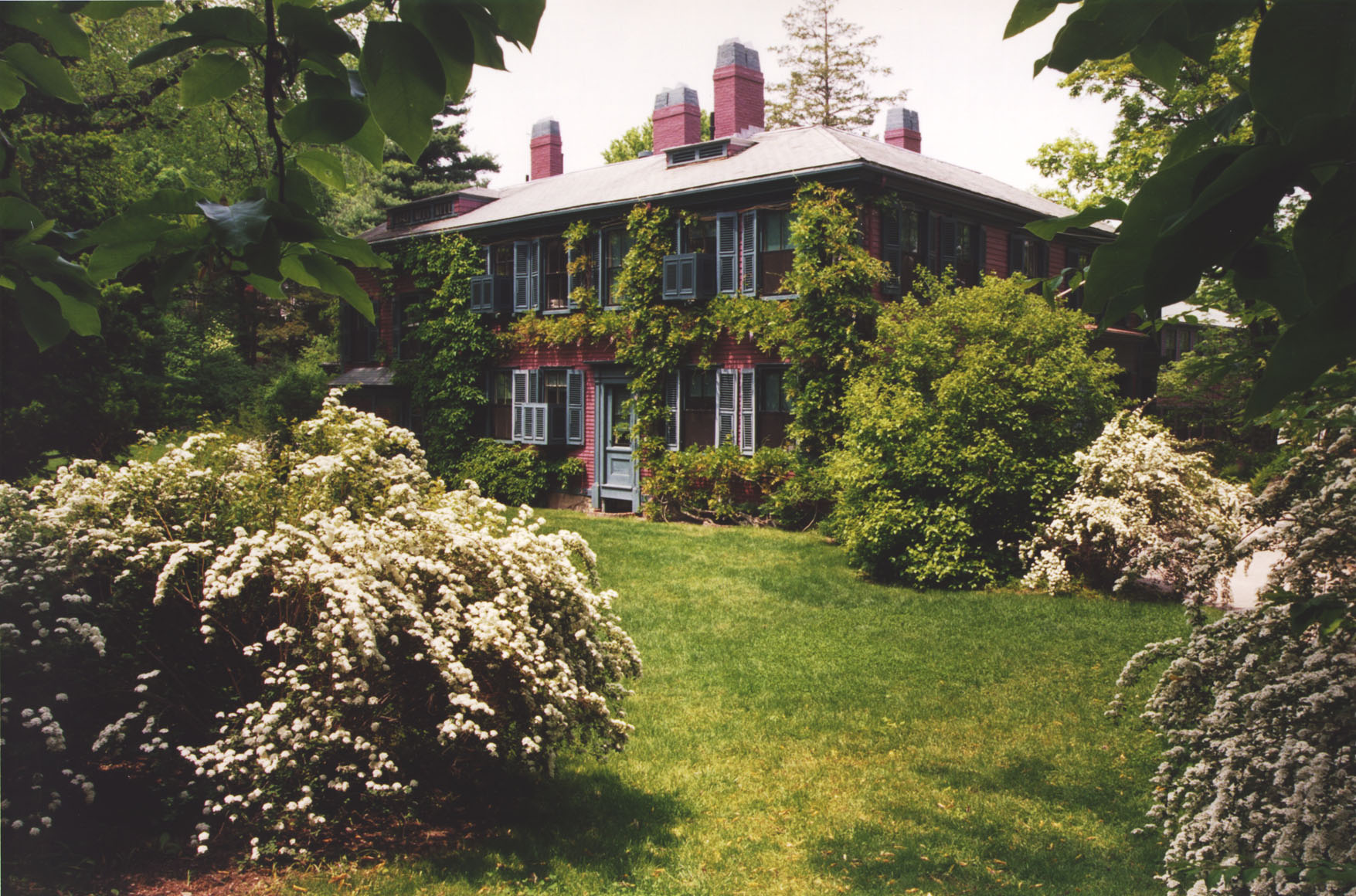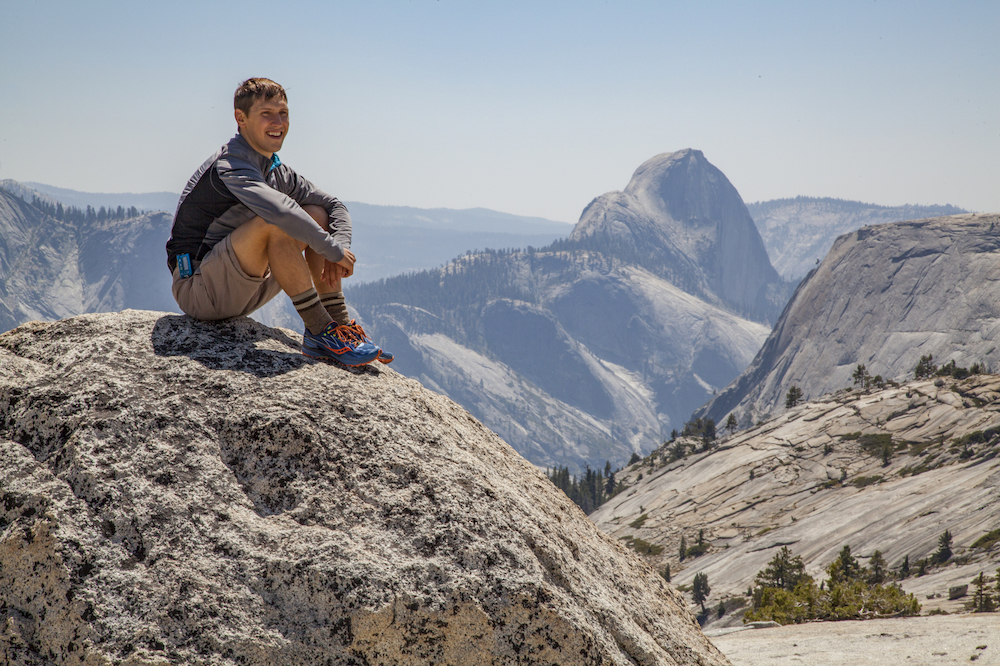
The towering Sequoiadendron giganteum, the most massive and third longest-lived tree species on the planet, grows in three groves in Yosemite, the largest being Mariposa Grove. Over centuries, the nearly 500 mature trees in Mariposa Grove have inched upward and outward, weathering droughts and storms.
No matter how many times you’ve seen these sentinels of the Sierra, it’s hard not to wonder at their size and tenacity. They’re among the largest living things on Earth and can stretch nearly 300 feet up from the ground, with trunk circumferences surpassing 100 feet.
Galen Clark was one of the first non-Native people to see Mariposa Grove in 1855, and was immediately struck with a sense of wonder at the sheer scale of the trees. In his 1907 book, “The Big Trees of California,”’ Clark remarked:
The bright cinnamon color of their immense fluted trunks, in strong contrast to the green foliage, and dark hues of the surrounding forest makes them all the more conspicuous and impressive. In their sublime presence, a person is apt to be filled with a sense of awe and veneration as if treading on hallowed ground.
Galen Clark
The bright cinnamon color of their immense fluted trunks, in strong contrast to the green foliage, and dark hues of the surrounding forest makes them all the more conspicuous and impressive. In their sublime presence, a person is apt to be filled with a sense of awe and veneration as if treading on hallowed ground.
Olmsted visited the Grove in 1863 when serving as the head of the neighboring Mariposa Mine and was also awestruck by the trees, calling them “distinguished strangers, who have come down to us from another world.”
On June 30, 1864 — in the midst of the Civil War — President Abraham Lincoln signed the Yosemite Valley Grant Act “authorizing a grant to the State of California of the Yo-Semite Valley, and of the land embracing the Mariposa Big Tree Grove.” This legislation protected Yosemite Valley and the Mariposa Grove of Giant Sequoias “for public use, resort and recreation.” Under this law, scenic natural areas were set aside and protected for the benefit of future generations for the first time in the history of our nation. Frederick Law Olmsted was appointed to head a commission offering advice on managing the park.
In the resulting report, the 1865 Yosemite report— Yosemite and the Mariposa Grove— which called for scenic reservations and offered management recommendations, Olmsted foresaw growing visitation and expressed concern that “the slight harm which the few hundred visitors of this year [1865] might do, if no care were taken to prevent it, would not be slight, if it should be repeated by millions.”
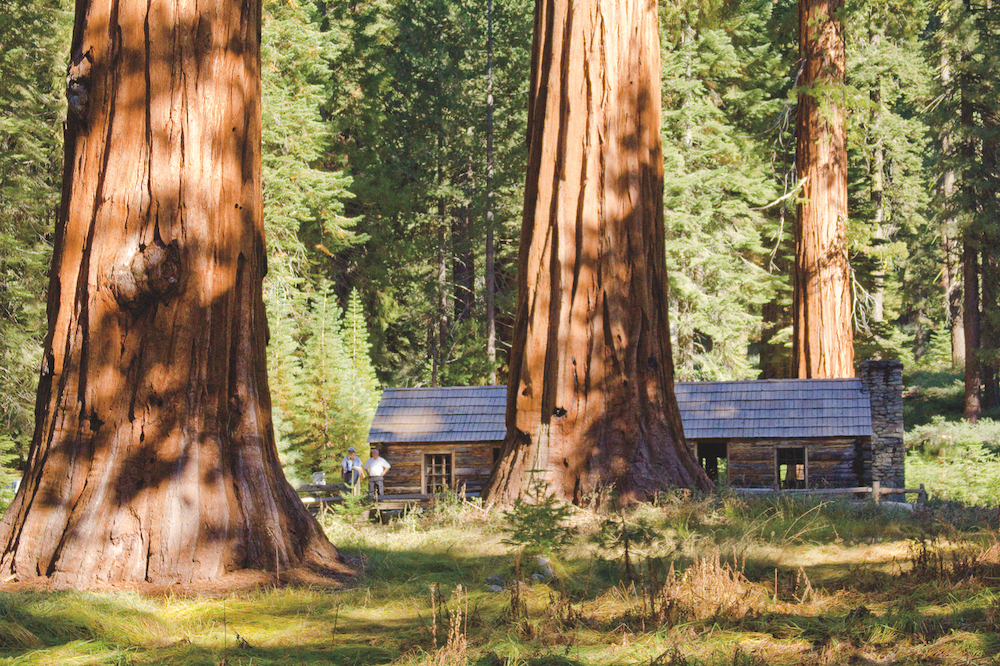
In the decades following, a focus on boosting tourism in Yosemite and the Mariposa Grove resulted in infrastructure that fragmented habitat and put the sequoias’ future in question.
In July 2015, the Mariposa Grove was closed for three years to facilitate a major National Park Service- and Yosemite Conservancy-funded restoration project that ensures the long-term survival of the sequoias and their forest ecosystem — the largest restoration project in park history to date.
With lifespans that can approach two or three millennia, the long-lived trees in Mariposa Grove require long-lasting solutions. The restoration project used a variety of restoration tactics to ensure the grove’s long-term health. Crews removed nearly 1.5 acres of pavement (reducing asphalt in the grove by half), installed 600 feet of boardwalks and bridges over sensitive areas, and built 4 miles of sustainable trails. They have used controlled burns to incorporate fire, a vital regeneration element of the grove ecosystem.
Sequoias are under threat from climate change. While they can survive drought and withstand fire seasons, the intensity and duration of both concurrently are causing mass casualties.
Olmsted was rightly concerned about protecting the sequoias, and helped lay the groundwork for protection of the Grove; we believe he would have been proud of the recent restoration measures.
To learn more about the Yosemite Conservancy, visit https://yosemite.org/
To learn more about the Yosemite Report and Olmsted’s involvement in the national park idea, watch The Olmsteds’ Conservation Legacy, to be aired on C-SPAN later this year. (Date TBA). This symposium, which explores the underappreciated role of the Olmsted Family in establishing the national park idea, was co-sponsored by the National Association for Olmsted Parks and the Architect of the Capitol.









